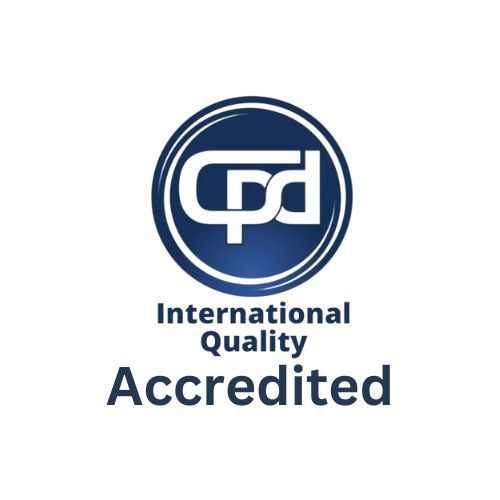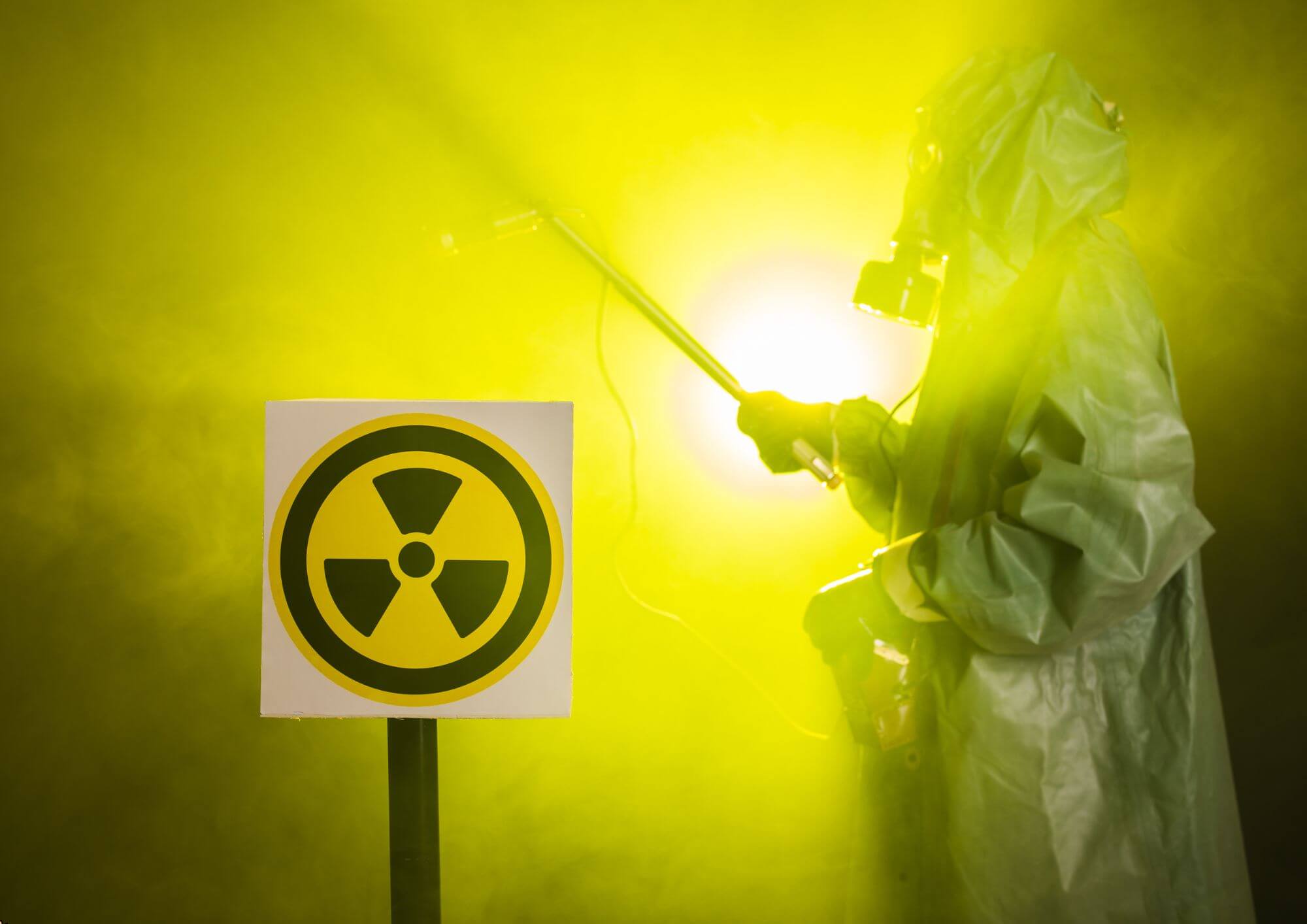Protecting Against Radiation Hazards
- Understanding Radiation: This section provides an overview of different types of radiation, their sources, and potential health effects. Participants will learn about ionizing and non-ionizing radiation, their properties, and how they interact with matter.
- Radiation Measurement and Monitoring: Here, participants delve into methods for measuring radiation levels and monitoring exposure. Topics include dosimetry devices, radiation detection instruments, and interpreting radiation measurements.
- Radiation Protection Standards and Regulations: Participants explore relevant regulations and guidelines set forth by regulatory bodies such as the Nuclear Regulatory Commission (NRC) and the International Atomic Energy Agency (IAEA). Emphasis is placed on understanding legal requirements and compliance measures.
- Radiation Safety Practices: This section focuses on practical safety protocols and best practices for minimizing radiation exposure. Topics include shielding techniques, time-distance principles, and personal protective equipment (PPE) usage.
- Emergency Response and Contingency Planning: Participants learn how to respond effectively to radiation emergencies, including evacuation procedures, decontamination protocols, and communication strategies. This section emphasizes the importance of preparedness and swift action in crisis situations.
- Radiation Hazards in Specific Industries: Tailored to various industries such as healthcare, nuclear energy, manufacturing, and telecommunications, this section explores industry-specific radiation hazards and mitigation strategies.
- Risk Communication and Public Awareness: Effective communication is crucial in addressing public concerns and dispelling misconceptions about radiation. Participants learn how to communicate risks transparently, engage with stakeholders, and promote radiation safety awareness in communities.
- Practical Exercises and Case Studies: Throughout the course, participants engage in hands-on exercises, simulations, and case studies to apply theoretical knowledge in real-world scenarios. These activities enhance learning outcomes and foster critical thinking skills.
Course Curriculum
About Course
Product Overview: Protecting Against Radiation Hazards Course
🛡️ Introduction to Protecting Against Radiation Hazards Course: Radiation hazards pose significant risks to individuals across various industries, from healthcare to nuclear energy. The “Protecting Against Radiation Hazards” course is designed to equip participants with essential knowledge and skills to mitigate the dangers associated with radiation exposure. Through a comprehensive curriculum, this course covers fundamental principles, safety protocols, and practical strategies for minimizing radiation risks in diverse settings.
📚 Course Sections:
- Understanding Radiation: This section provides an overview of different types of radiation, their sources, and potential health effects. Participants will learn about ionizing and non-ionizing radiation, their properties, and how they interact with matter.
- Radiation Measurement and Monitoring: Here, participants delve into methods for measuring radiation levels and monitoring exposure. Topics include dosimetry devices, radiation detection instruments, and interpreting radiation measurements.
- Radiation Protection Standards and Regulations: Participants explore relevant regulations and guidelines set forth by regulatory bodies such as the Nuclear Regulatory Commission (NRC) and the International Atomic Energy Agency (IAEA). Emphasis is placed on understanding legal requirements and compliance measures.
- Radiation Safety Practices: This section focuses on practical safety protocols and best practices for minimizing radiation exposure. Topics include shielding techniques, time-distance principles, and personal protective equipment (PPE) usage.
- Emergency Response and Contingency Planning: Participants learn how to respond effectively to radiation emergencies, including evacuation procedures, decontamination protocols, and communication strategies. This section emphasizes the importance of preparedness and swift action in crisis situations.
- Radiation Hazards in Specific Industries: Tailored to various industries such as healthcare, nuclear energy, manufacturing, and telecommunications, this section explores industry-specific radiation hazards and mitigation strategies.
- Risk Communication and Public Awareness: Effective communication is crucial in addressing public concerns and dispelling misconceptions about radiation. Participants learn how to communicate risks transparently, engage with stakeholders, and promote radiation safety awareness in communities.
- Practical Exercises and Case Studies: Throughout the course, participants engage in hands-on exercises, simulations, and case studies to apply theoretical knowledge in real-world scenarios. These activities enhance learning outcomes and foster critical thinking skills.
🔍 FAQs (Frequently Asked Questions) – Protecting Against Radiation Hazards Course:
Q1: Who is this course suitable for? A1: This course is ideal for professionals working in industries where radiation hazards are present, including healthcare, nuclear energy, manufacturing, telecommunications, and emergency response.
Q2: Is prior knowledge of radiation required to enroll in this course? A2: No prior knowledge is necessary. This course caters to participants with varying levels of familiarity with radiation hazards, from beginners to experienced professionals.
Q3: What are the career benefits of completing this course? A3: Completion of this course enhances participants’ employability and career advancement opportunities in fields such as radiation safety management, occupational health, environmental protection, and emergency preparedness.
Q4: Is this course recognized or accredited? A4: The accreditation status may vary depending on the institution offering the course. Participants are encouraged to verify accreditation status with the course provider or relevant regulatory bodies.
Q5: How long does it take to complete the course? A5: The duration of the course may vary depending on the format (e.g., in-person, online) and the depth of coverage. Typically, participants can expect to complete the course within a few days to several weeks.
Q6: Are there any prerequisites for enrollment? A6: While there are no strict prerequisites, familiarity with basic principles of science and occupational safety is beneficial. Participants should also have proficiency in English, as the course is typically conducted in English.
Q7: Can this course be customized for specific industries or organizations? A7: Yes, the course content can be tailored to meet the specific needs and requirements of different industries or organizations. Customization options may include focusing on industry-specific case studies, regulations, and practical exercises.
Q8: What teaching methods are utilized in this course? A8: The course employs a variety of teaching methods, including lectures, interactive discussions, multimedia presentations, hands-on exercises, case studies, and simulations. These methods are designed to enhance engagement and facilitate effective learning.
Q9: How can I enroll in the course? A9: Enrollment procedures may vary depending on the institution or organization offering the course. Interested individuals can typically enroll through online registration portals, by contacting the course provider directly, or through professional associations and educational institutions.
Q10: Is there any ongoing support or resources available after completing the course? A10: Many course providers offer post-course support, such as access to resources, discussion forums, and continuing education opportunities. Participants may also receive certificates of completion or continuing education credits upon successfully finishing the course.
By addressing these FAQs and offering comprehensive content, the “Protecting Against Radiation Hazards” course aims to empower participants with the knowledge and skills necessary to safeguard against radiation risks in various occupational settings.
Course Content
Module 1- Introduction to Respiratory Protection and Types
Introduction to Radiation Safety Detection and Measurement Techniques
00:00
Module 2- Respirator Use and Fit Testing Procedures
Module 3- Respirator Training and Respiratory Hazard Assessments
Module 4- Storage Equipment Fit Checks and Seal Checks
Module 5- Inspection and Removal of Disposal Respiratory Equipment
Module 6- Emergency Response and Respiratory Protection Program Evaluation
Student Ratings & Reviews




